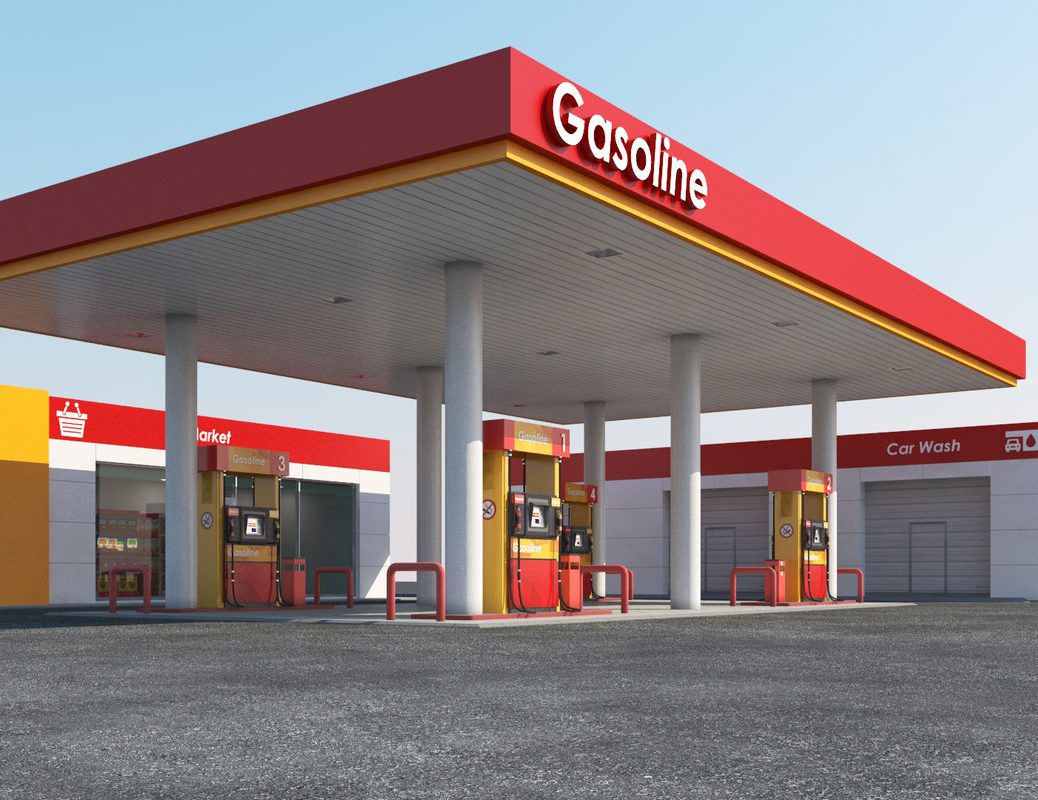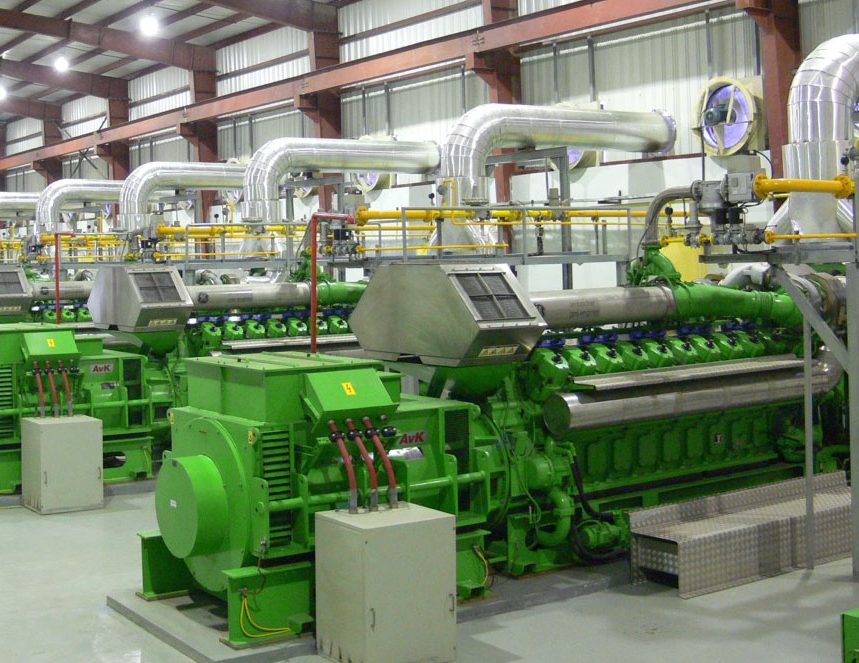next-gen Industrial pyrolysis solutions
Turn waste into valuable end-products while cleansing the world
Redefine waste value with PYROLY
SPHERE OF APPLICATION
PYROLY-EKOPYR complexes are individually equipped based on the type of waste our clients plan to input, ensuring the most cost-efficient production.
It’s possible to obtain the following commercial products from waste utilization:
-
1
Pyrolysis oil
-
2
Carbon Black
-
3
Liquid CO2
-
4
Heat
-
5
Electricity
Additionally, our complexes are capable of refining Pyrolysis oil into:
-
1
Diesel EURO-5
-
2
Gasoline AI-92
-
3
Fuel oil M100 (Mazut)
-
4
Heavy Oil/Tar
Main Features
Our technology harnesses waste from landfill sites and other sources for our Waste to Fuel plants, ensuring a safe and eco-friendly approach. Our focus primarily lies in developing solutions for industrial applications due to their superior economic efficiency and environmental impact. However, our smaller-scale pyrolysis models are equally noteworthy, offering complete environmental friendliness unlike other models available in the market. This initiative contributes to the country’s or company’s efforts to foster a more sustainable environment for all inhabitants of our planet.

COMMERCIAL USE
High quality fuel products from waste
PYROLY-EKOPYR pyrolysis plants, convert industrial and municipal waste into various energy end-products like Syngas, Diesel Euro-5, Gasoline Ai92, Heating Fuel M100 as well as other by-products in an ecologically friendly and cost-effective way. These products can be sold for great profit due to their high demand.

INFRASTRUCTURE SOLUTIONS
Energy Independence
Currently, Waste to Energy solutions are more economically viable than traditional methods of generating electricity, such as importing fossil fuels or burning waste (ex. tires). Adopting these technologies will decrease companies’ or even countries’ reliance on fuel and energy imports.
of waste is produced by the average European each year
of waste in the EU is recycled
of household waste still goes to landfill in some EU countries
(Data from European Commission 2024)
Waste is a growing problem
The problem of waste presents a significant and escalating challenge. On a daily basis, humanity generates an astounding 3.6 million tonnes of municipal solid waste. While endeavors to diminish waste through reduction, reuse, and recycling strategies have been pursued, they have struggled to keep pace with three formidable factors: population expansion, industrial development, and urbanization. These forces have proven to be overwhelming obstacles in the quest to curb waste accumulation.

Get In Touch
Have any questions?
-
Contact us
info@pyroly.com
-
Phone number / WhatsApp
+ 372 5107070
